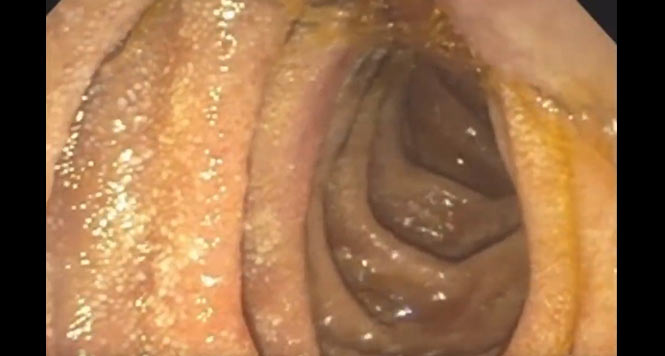Further Evidence Supporting Early, Primary Use of Precut Sphincterotomy for Duct Access
Bret T. Petersen, MD, MASGE, reviewing Maharshi S, Sharma SS. Gastrointest Endosc 2020 Jun 29.
Deep access to the bile duct or the pancreatic duct is required in order to complete all subsequent therapeutic ERCP maneuvers. Precut sphincterotomy (PCS) refers to incision of the major papilla as a means of gaining access to the duct prior to gaining deep access with a guidewire or catheter. Historically, PCS has been associated with a high risk of complications, including post-ERCP pancreatitis (PEP) and bleeding, often as a result of late use of the technique after failure of prolonged standard cannulation efforts.
In this study, investigators from a single tertiary center compared the incidence of PEP among 151 patients (mean age, 46.7 ± 13.8 years; 65 men) randomized to primary precut (PrPCS) as the initial cannulation technique versus 152 patients (mean age, 48.2 ± 15.4 years; 61 men) randomized to early secondary precut (SecPCS) after only 2 failed attempts at wire-guided cannulation. All procedures were performed by a single endoscopist, and no pancreatic stents or prophylactic nonsteroidal agents were employed. Using a needle knife, precut incisions were performed from the upper lip of the papilla. Procedure indications and patient characteristics were similar between the groups.
Whereas cannulation success rates were essentially equivalent (98.6% [PrPCS] vs 98% [SecPCS]; P=1.0), the cannulation time was lower for PrPCS (7.2 ± 1.7 vs 13.8 ± 2.2 minutes; P=.001). In the PrPCS group, standard cannulation was successful in 96 of 151 patients, and SecPCS was performed in 45 of 152 patients. Both asymptomatic hyperamylasemia (2.6% vs 12.5%; P=.01) and PEP (0.67% [1 mild] vs 5.2% [6 mild, 2 moderate]; P=.04) were lower in the PrPCS group compared to the SecPCS group. Occurrence of bleeding and perforation were infrequent and comparable between groups.

COMMENTSeveral studies have demonstrated equivalent or better success and generally greater safety when precut sphincterotomy is employed early, rather than after prolonged failure of standard techniques, and when precut is performed using the fistulotomy technique, either early or primarily. This study confirms benefits to both efficiency and safety when needle-knife precut is performed primarily, using a standard technique beginning at the papilla. Whether the same benefits of reduced PEP accrue when indomethacin prophylaxis is also administered is unknown. All uses of precut incision presume significant training and experience in advanced techniques.
Note to readers: At the time we reviewed this paper, its publisher noted that it was not in final form and that subsequent changes might be made.
CITATION(S)
Maharshi S, Sharma SS. Early precut versus primary precut sphincterotomy to reduce post-ERCP pancreatitis: randomized controlled trial (with videos). Gastrointest Endosc 2020 Jun 29. (Epub ahead of print) (https://doi.org/10.1016/j.gie.2020.06.064)


